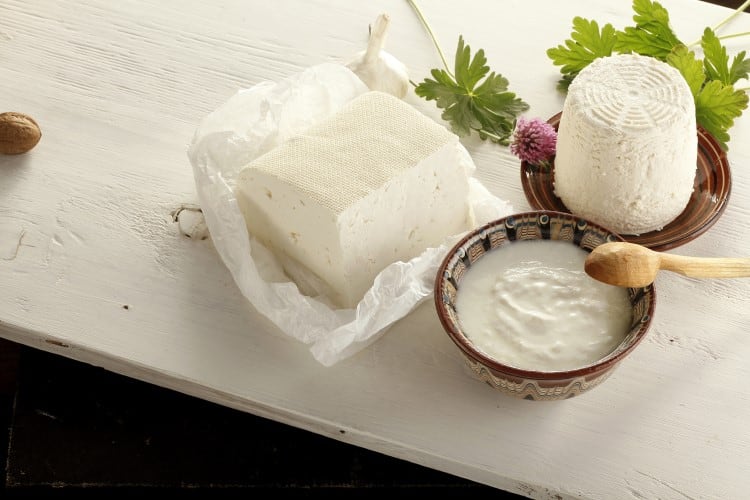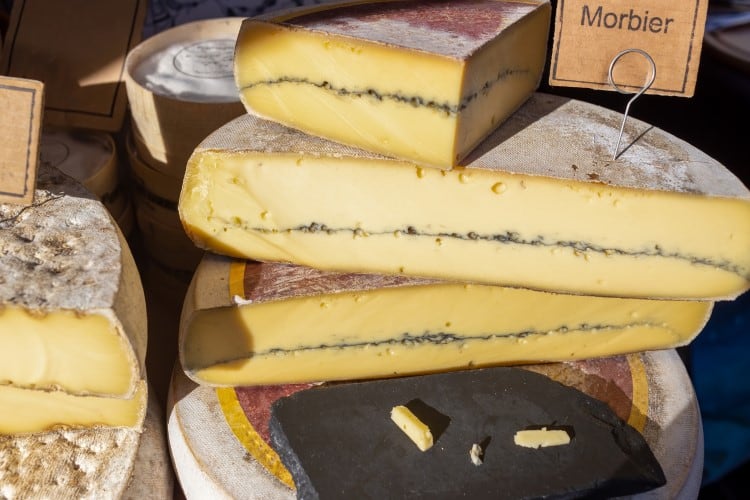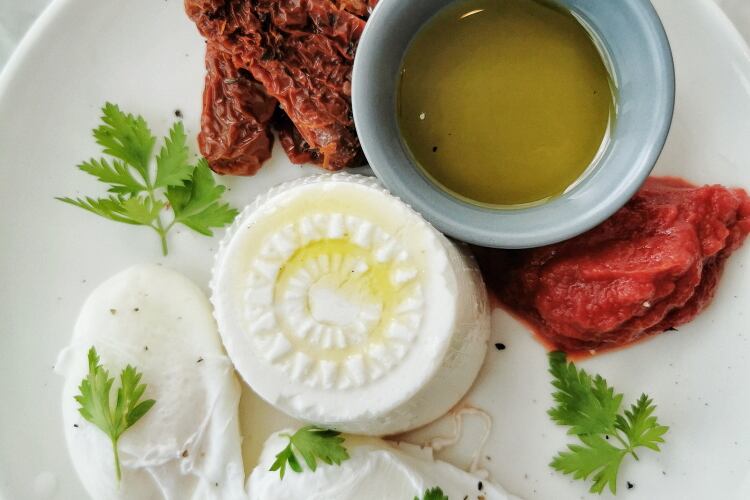The European Commission (EC) has added Bulgarian yogurt – or ‘Bulgarsko kiselo mlуako’ – to its list of protected designation of origin (PDO) products while the country’s traditional white brine cheese has received a protected geographical indications (PGI) seal.
A PDO status communicates the strongest link between a product and the place it’s traditionally made. To carry a PDO seal, every part of the production, processing and preparation of a product must take place in a specific region. The designation is widely recognized by consumers – according to a study1, shoppers may be willing to pay up to twice as much for a PDO-labeled product compared to an organic product.
Meanwhile, a protected geographical indications status (PGI) certifies the relationship between the specific geographic region and the name of the product, where a particular quality, reputation or other characteristic is 'essentially attributable' to its geographical origin.
Long-standing traditions
Traditional Bulgarian dairy products contain unique bacterial microflora that has evolved under specific climatic conditions over the centuries2. According to a 2017 study by Francoise Rul3, traces of fermented milk products on clay have been found as early as 8,000 B.C. in Eastern Europe. Bulgaria claims in its application that local cheese dairies had existed in the country as early as mid 14th century and that cheesemaking know-how passed down the centuries had been crucial to preserving production traditions.
Yogurt is a hallmark of the country, which is also famous for its lucrative rose oil production. Traditional Bulgarian yogurt is made from raw milk typically obtained from cow's milk but can also be made from sheep's, buffalo's or goat's milk, or a mixture thereof. The starter cultures include Lactobacillus delbrueckii subsp. bulgaricus and Streptococcus thermophilus. White brine cheese is made through curdling milk, cutting the rennet curd, pressing the curd and salting it. The raw milk temperature as well as the amount of starter and yeast are monitored to achieve good quality curd, which is then hand-stirred and cut, pressed and salted. The curdling and processing stages are still performed manually to this day.
According to the application filed by Bulgaria, the cheese tastes 'moderately salty with a pleasantly pronounced lactic acid flavor' and this flavor profile is determined by the composition of the starter and the maturation in brine rather than the type of milk used. Preservatives, stabilizers and emulsifiers are not allowed in the finished product, which must contain at least 46% of dry matter for cow's and goat's milk-made cheese and 48% for products made of sheep's and buffalo's milk.
'Better income opportunities'
Bulgaria, through the Bulgarian Traditional Dairy Products Association, first filed an application to the Commission in February 2021 requesting the addition of both yogurt and white brine cheese to the list of PDO products. The country's ministry of agriculture and food said at the time that obtaining PDO for the two products would offer ‘better income opportunities to producers’.
“The food products' names will be protected as intellectual property in the EU and rom unauthorized use or imitation as well as to protect the interests of Bulgarian manufacturers against unfair competition and abuse at the market,” the ministry said in a statement. “Products with protected geographical indication can be included in agreements between the EU and third countries for mutual recognition, cooperation and protection of the geographic designation area. This improves the Bulgarian products 'competitiveness and access to new markets.”
Sources:
1. Not Seeing the Forest for the Trees: The Impact of Multiple Labelling on Consumer Choices for Olive Oil
Luis Pérez y Pérez, et al.
Published February 2020
doi: 10.3390/foods9020186
2. Traditional Bulgarian Dairy Products: Ethnic Foods with Health Benefits
Petrova, P., et al
Published: February 2021
doi: 10.3390/microorganisms9030480
3. Yogurt: Microbiology, Organoleptic Properties and Probiotic Potential
Rul, F.
Fermented Food—Part II: Technological Interventions
Ramesh C. Ray and Didier Montet (eds.)
ISBN 978-1-1386-3784-9
Updated to correct formatting errors



